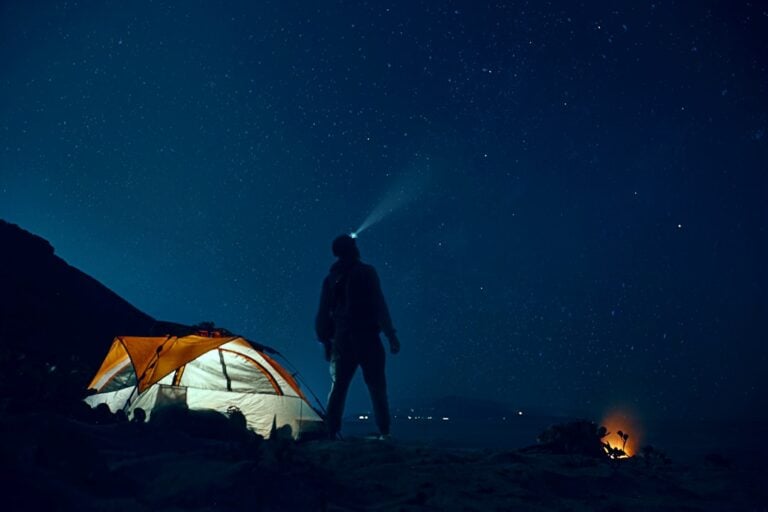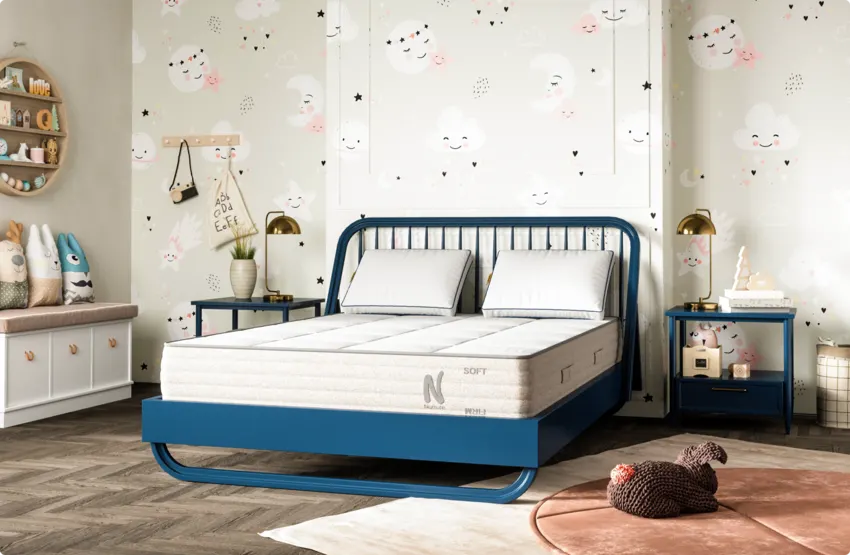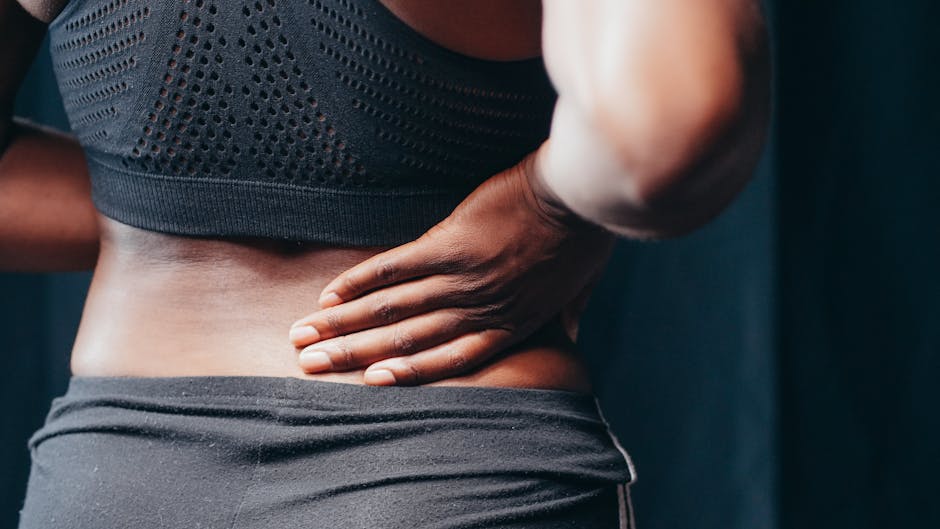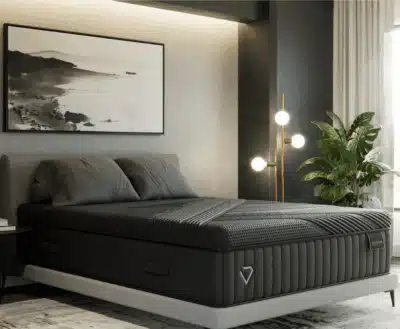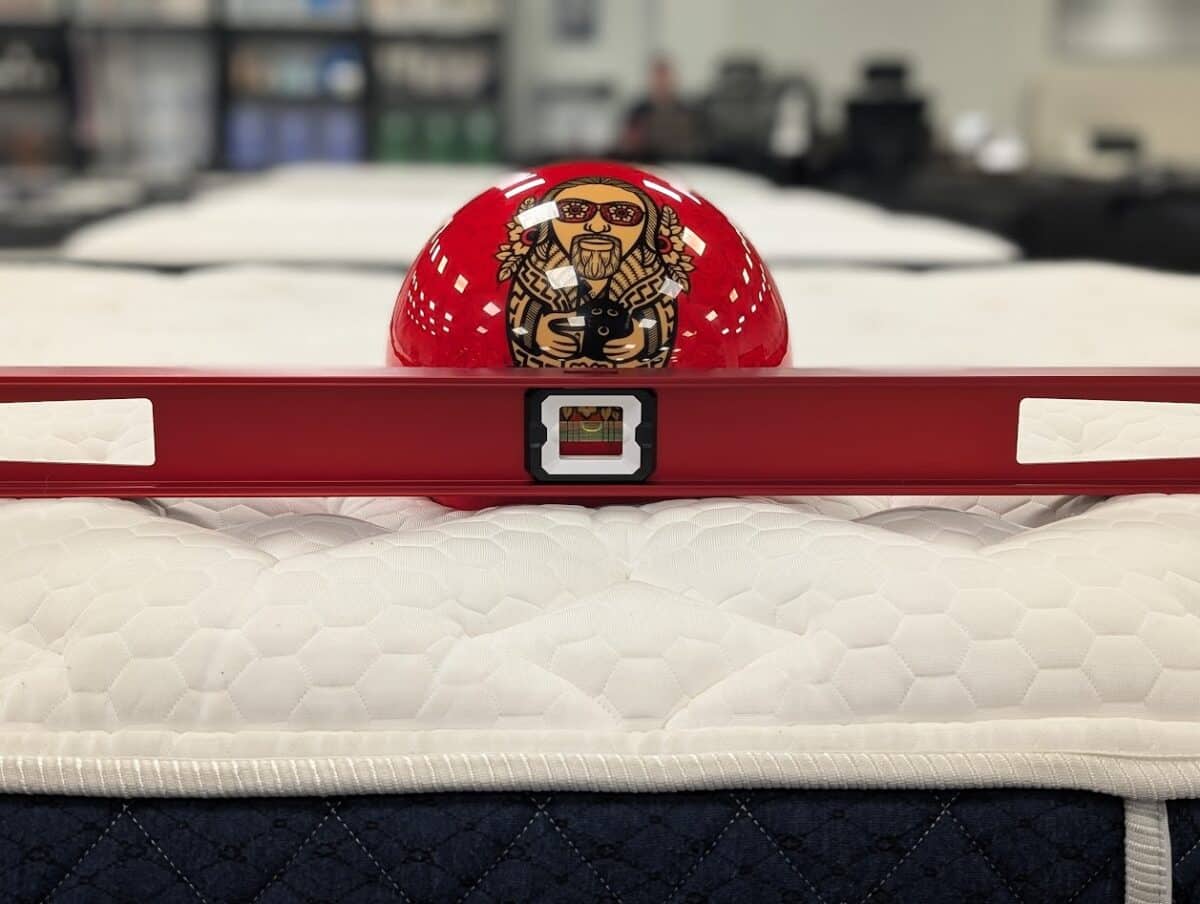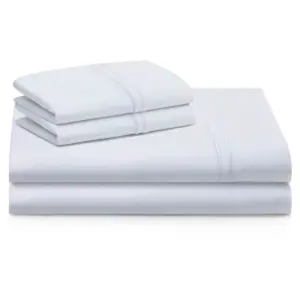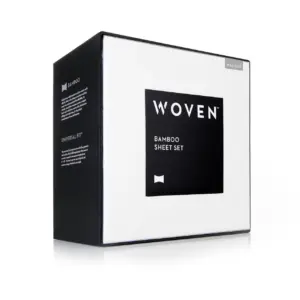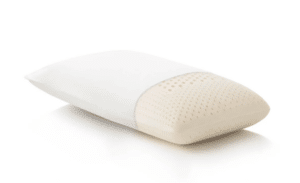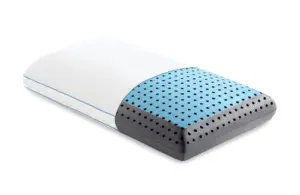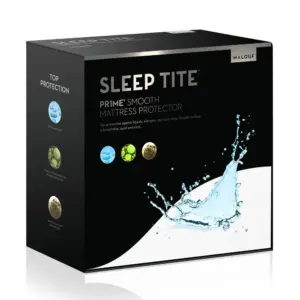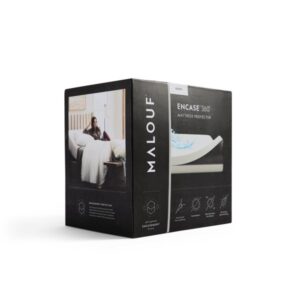One Simple Way to Use CPAP While Camping
Camping with a CPAP (Continuous Positive Airway Pressure) machine might initially seem like a challenge, but with the right preparation, it can be a rewarding and enjoyable experience. Many camping enthusiasts dread the idea of compromising their health while they enjoy nature, but being well-informed can make all the difference. Here’s a comprehensive guide on how to camp with a CPAP, ensuring you get the restful sleep you need while immersing yourself in the great outdoors.
Understanding Your Power Needs
Assessing Power Requirements
Before you embark on your journey, it’s crucial to evaluate your power needs. For an enjoyable camping experience, you have two main options: powered campsites and off-grid settings.
1. Powered Campsites:
These campsites, commonly found at locations like KOA campgrounds and state parks, provide electrical outlets. This setup is convenient if you’re looking for hassle-free accommodation for your CPAP machine.
Benefits:
– Reliable Power Source: No need to stress about battery life; you can plug in your machine for uninterrupted therapy.
– Comfort Amenities: Many of these facilities offer bathrooms, showers, and WiFi services, adding to your comfort.
– CPAP Humidification: You can use a heated humidifier without worry, thanks to the steady power supply.
Drawbacks:
– Availability Issues: Popular campsites can be fully booked, particularly on weekends.
– Noise Levels: These sites can be livelier than you’d prefer, potentially distracting you from the serene beauty of nature.
2. Off-Grid Camping:
If tranquility is your goal, off-grid camping can provide solitude and peace. To ensure your CPAP therapy continues smoothly without a power outlet, consider investing in a reliable battery.
CPAP Batteries:
– Deep-Cycle Batteries: Suited for longer trips, these can be recharged multiple times.
– CPAP-Specific Batteries: Lightweight and efficient for shorter stays.
Solar Charging Solutions
To extend your off-grid camping experience, utilize solar chargers. Portable solar panels can recharge your battery during the day, ensuring you have enough power at night.
Essential CPAP Equipment for Camping
Choosing the right CPAP machine is pivotal for a successful camping experience. Travel-sized CPAP machines are designed to be lightweight and compact, making them ideal for outdoor adventures.
Recommended Travel CPAP Machines:
– ResMed AirMini AutoSet: This model is incredibly portable and features advanced algorithms for comfort. It even offers waterless humidification through its HumidX system.
– HDM Z2 Auto: Weighing only 10.5 oz, the Z2 Auto is perfect for backpackers and includes a heat-moisture exchange feature for easy humidity control.
Advantages of Travel CPAP Machines:
– Compact Design: Easy to pack in backpacks or camping gear.
– Advanced Features: Modern models come with auto-adjusting pressure settings and Bluetooth connectivity for ease of use.
– User-Friendly: Simple interfaces and companion apps make them accessible, even in the wilderness.
Tips for a Successful CPAP Camping Experience
Battery Conservation Strategies
To ensure your battery lasts throughout your trip, consider these practical tips:
– Disable the Heated Humidifier: This feature consumes significant power; using pass-over humidity instead can extend battery life.
– Switch Off When Not in Use: Unplug your machine during the day to conserve energy.
– Use DC Adapters: Direct current is more efficient than converting it to alternating current with an inverter.
– Monitor for Leaks: Ensure your mask fits correctly to avoid unnecessary power drain.
– Keep it Clean: Use CPAP cleaning wipes to maintain hygiene without fuss. This will also enhance your machine’s performance.
Cleaning and Maintenance Practices
Keeping your CPAP equipment clean while camping is vital for hygiene and functionality. Here’s how to do it effectively:
– CPAP Wipes: Convenient for quick cleaning of your mask, while easily stored in waterproof bags.
– Mild, Biodegradable Soap: Ideal for cleaning your equipment without harming the environment.
– Leave No Trace: Follow responsible camping practices by disposing of waste properly and leaving the site as you found it.
Frequently Asked Questions
Can I Use Filtered Water in My CPAP Humidifier?
Using filtered water from natural sources isn’t advisable, as it may contain minerals harmful to your equipment. For camping, portable water distillers can offer a compact solution.
Is It Safe to Keep the Battery Inside the Tent?
Yes, but ensure the battery is on a stable surface away from flammable materials, and monitor temperature extremes.
Conclusion
Camping with a CPAP machine doesn’t need to be a logistical headache. With careful planning and the right equipment, you can enjoy nature without sacrificing your health. At Yawnder, we provide expert evaluations to help you select the best travel CPAP machines and power solutions available.
So gather your gear, embrace the challenges of the wild, and ensure you enjoy restorative sleep under the stars. With this guide, you’re well-equipped to experience a fulfilling camping trip while maintaining your CPAP therapy, allowing you to savor all that the great outdoors has to offer. Happy camping!

